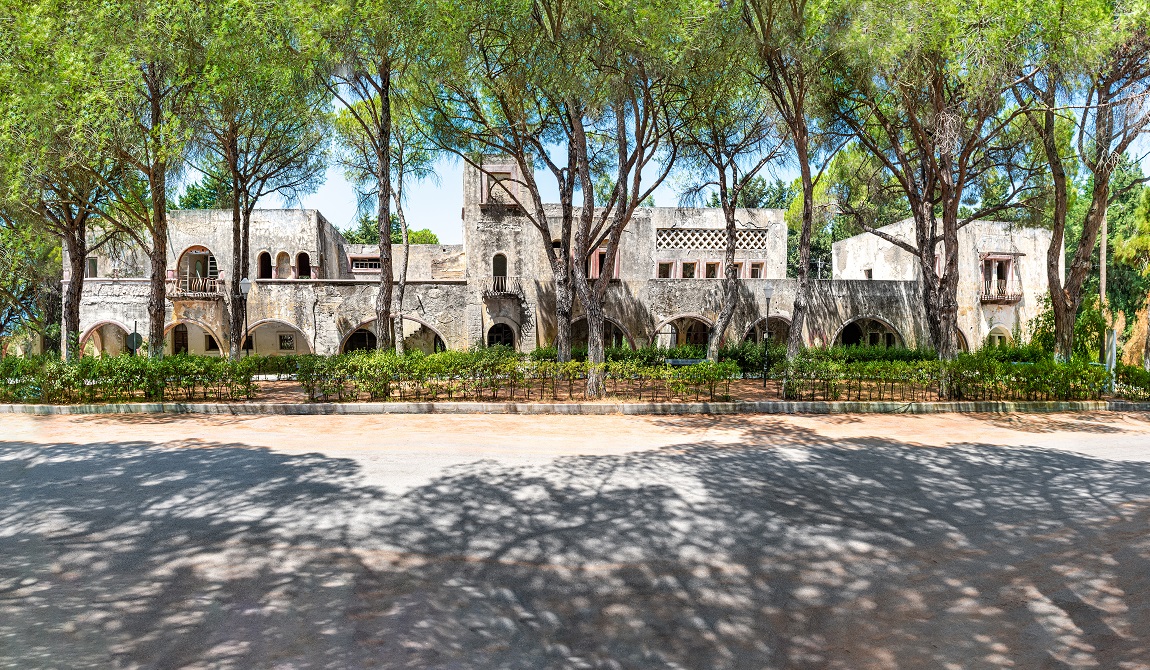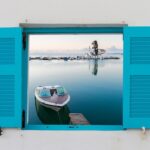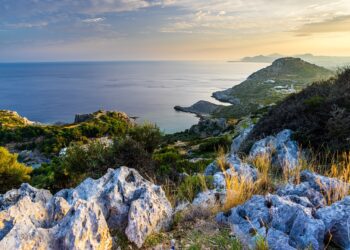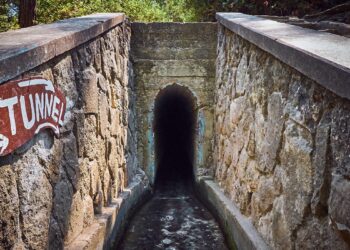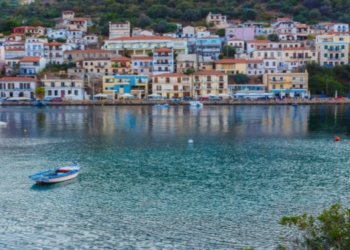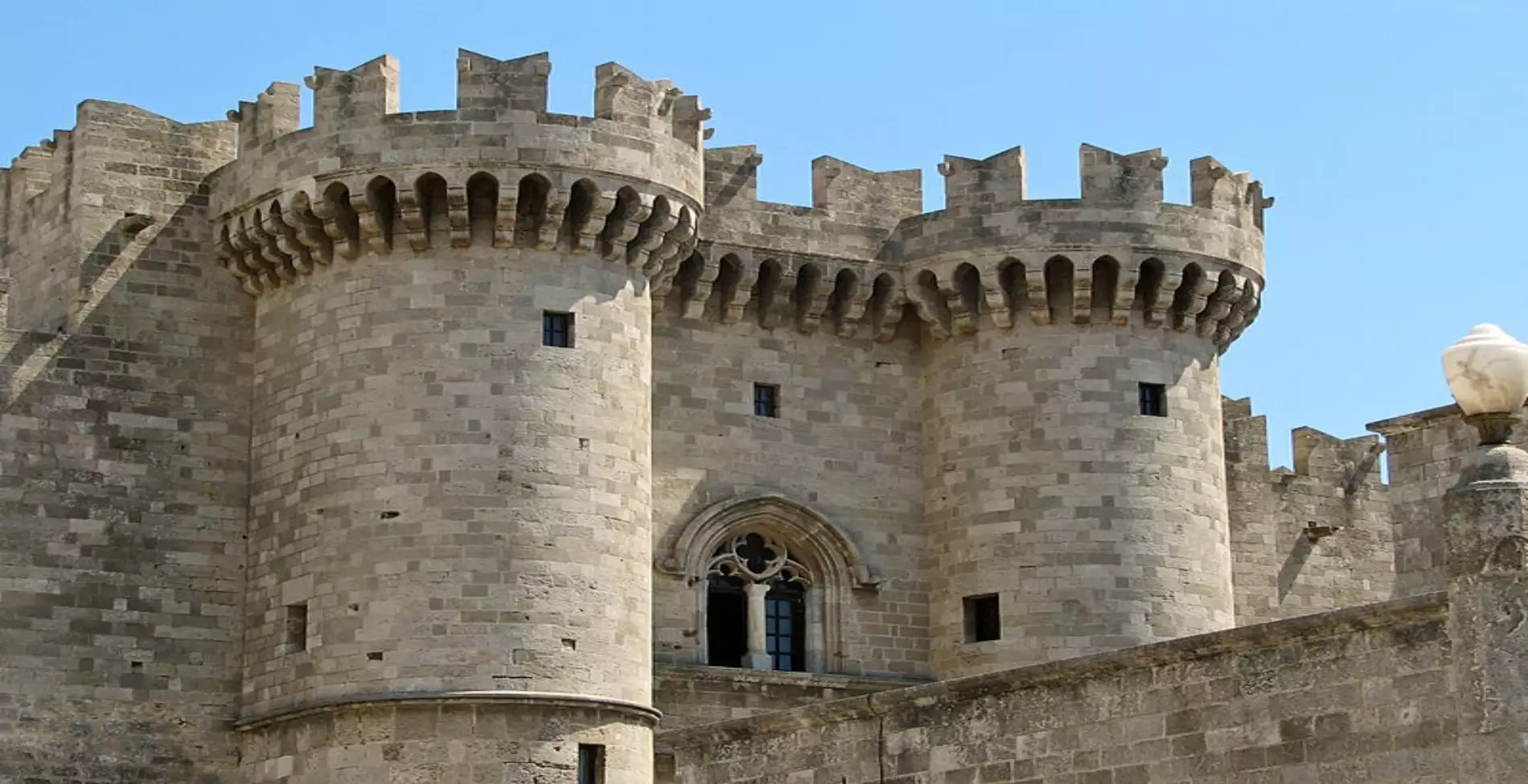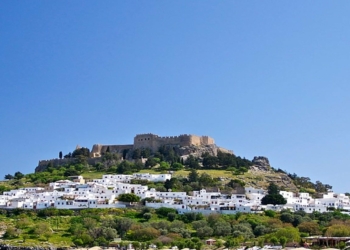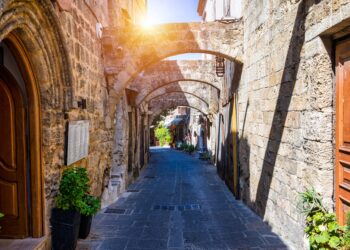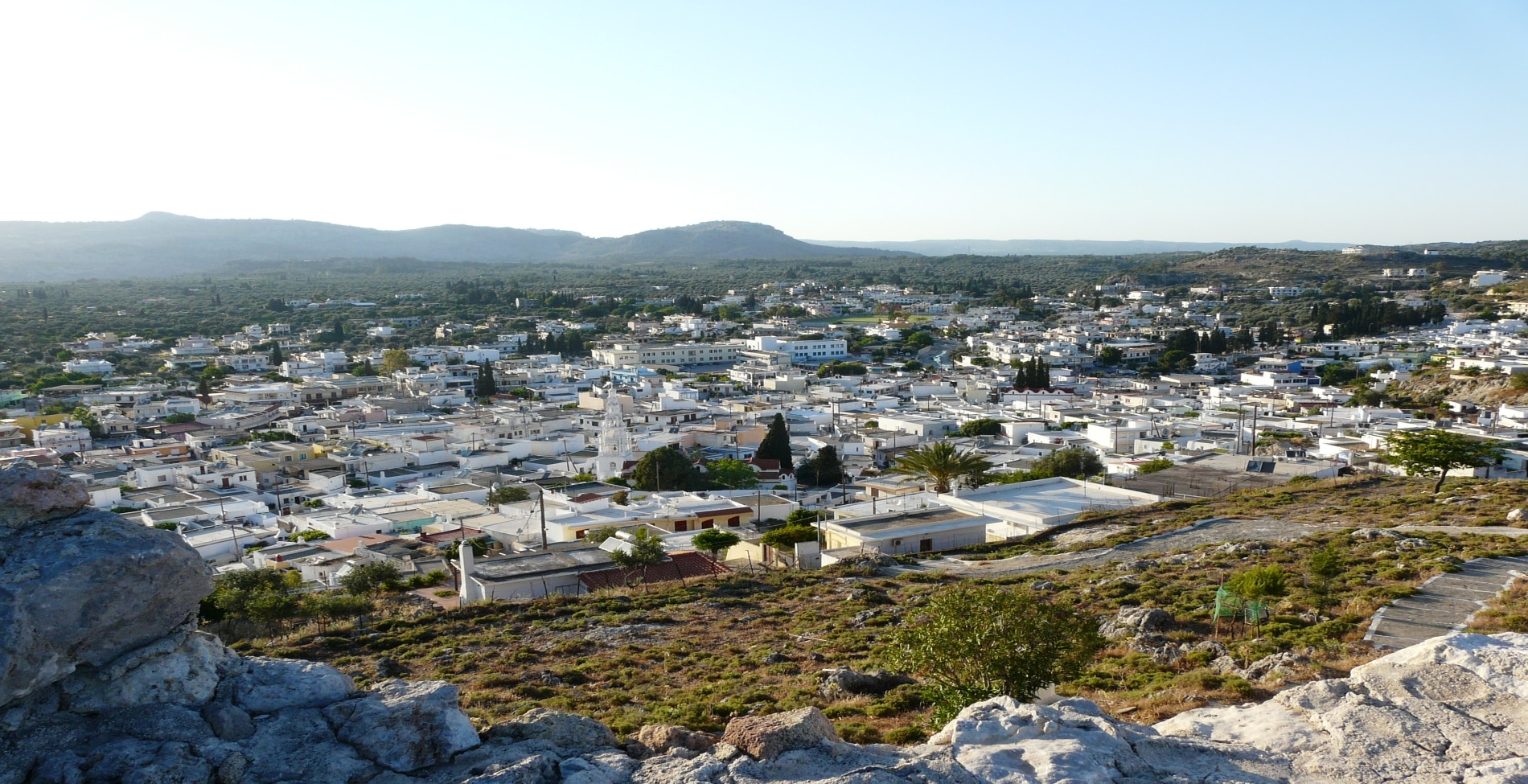Agia Eleousa, also known as Eleousa, is one of the settlements located on the island of Rhodes, which carries on its shoulders the stigma of the disease that circulated in its atmosphere, but also of the image of the ruined buildings that followed the removal of the Italian administration in the island of Rhodes. Characterized as a ghost village, its paths hide a very interesting story that is definitely worth knowing. Let’s see the village of Agia Eleousa over the years.
Rhodes: The historic and impressive Acropolis of Lindos
Agia Eleousa: The promising construction
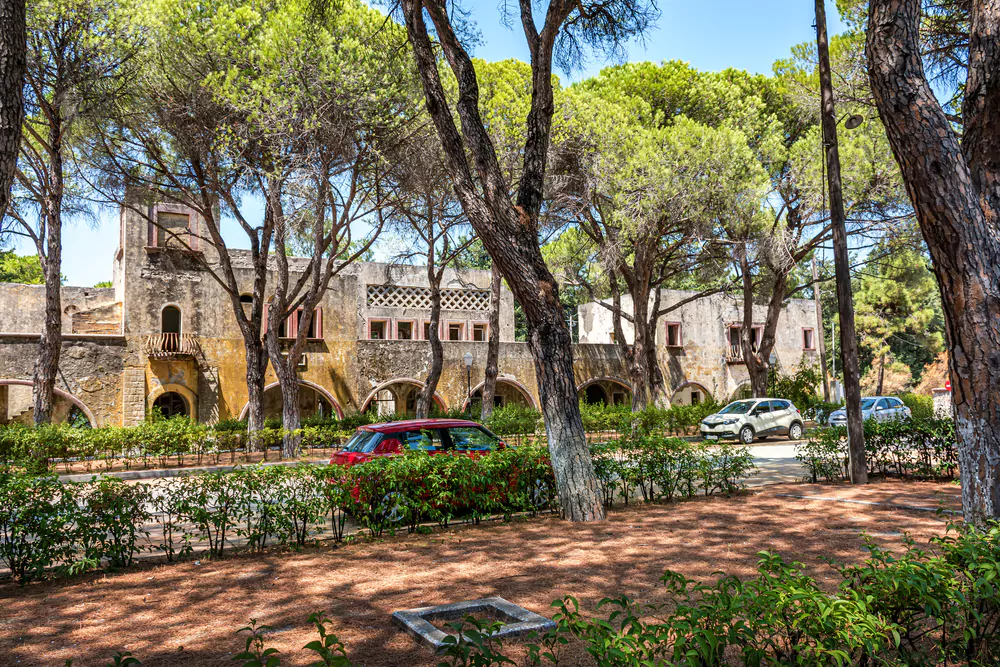
Its architecture was inspired by the green villages of the Italian Alps, which gave their diffuse imprint to the aesthetics of the wider region. Its first inhabitants were no more than lumberjacks from the north of Italy, coming from the valley named Fiemme, who settled there with their families. Besides, the exploitation of timber was one of the most important goals for this mountainous environment, along with the care of the green reforested environment.
Against the backdrop of the dense pine trees that run along the mountain, unique buildings are built painted with colors that stand out for their intensity, always having as their center the village square. The so-called agora had the largest size among the other buildings, with its arches and small curved balconies giving it an extremely charming image. In the streets of the settlement, you would find the school, the Catholic church of Santa Maria, which was later converted into an Orthodox church and dedicated in honor of Saint Charalambos, a post office, and even prisons, thus creating a scenery of a completely integrated community.
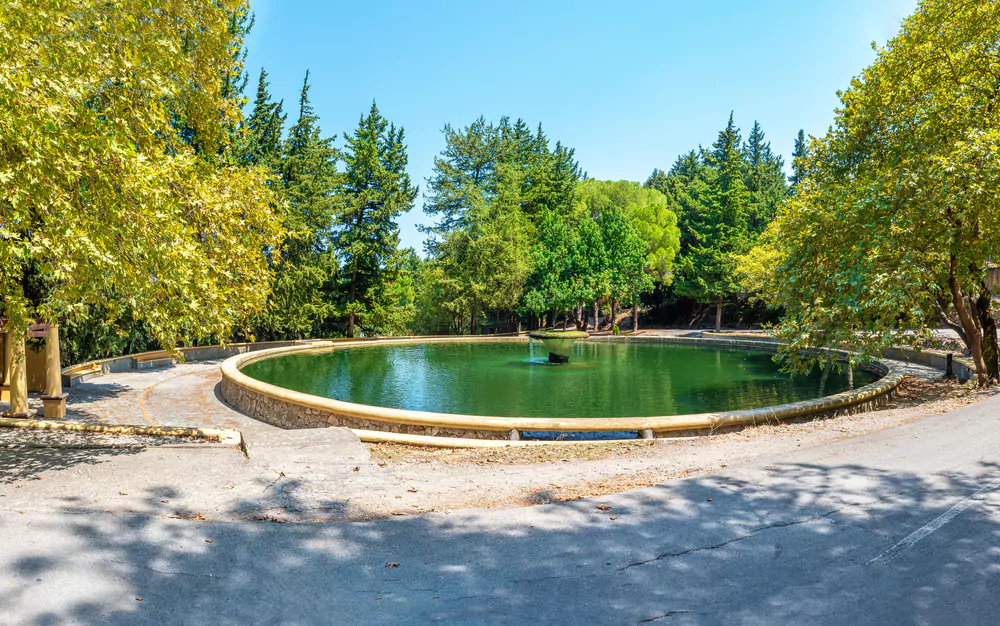
Just a stone’s throw from the square, about two hundred meters away, in front of you lies the aqueduct, which provided water for the entire area, which is, even from those years, a place of residence of an endangered species, protected by the letter of the law. This circular tank, which collects the waters of the neighboring Koskinisti spring, hosts a large number of Gizania, i.e. small freshwater fish, which meet to live only on this island.
Agia Eleousa: The scenery changes after the end of the war
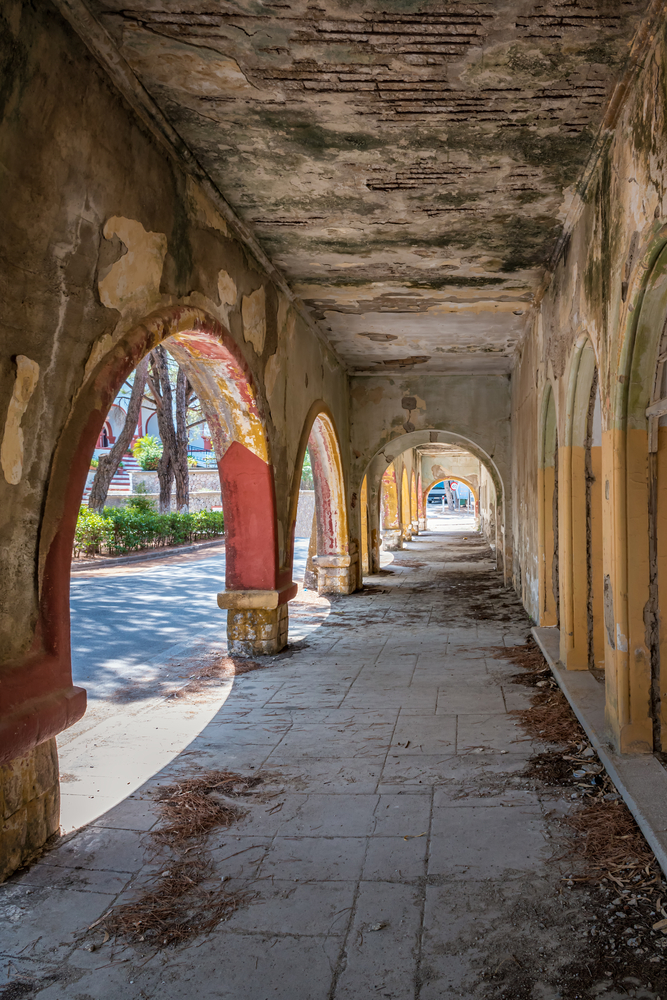
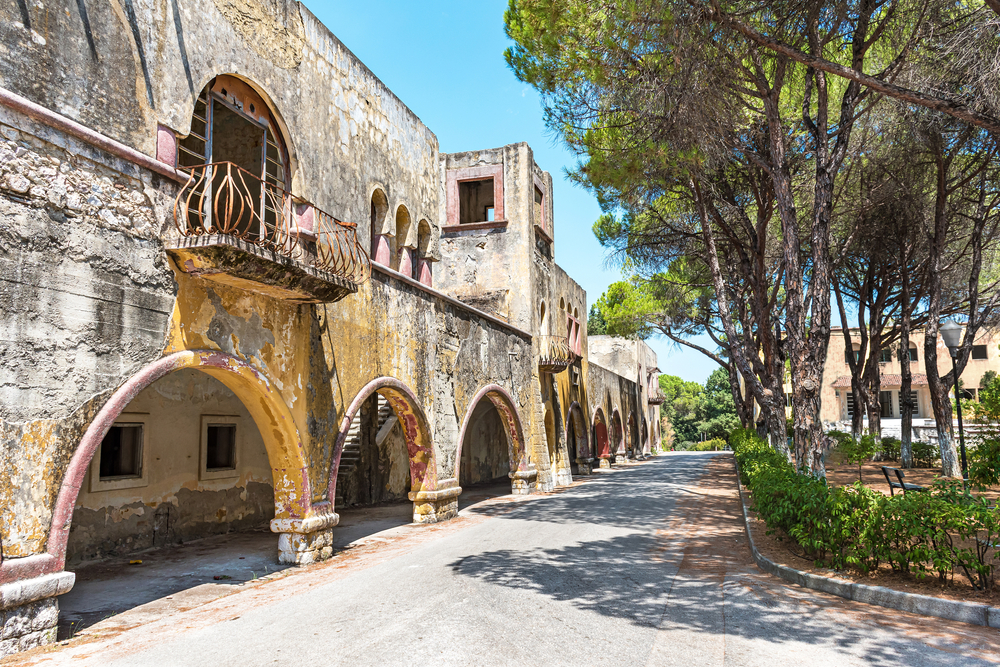
The grimmest outcome finds the former school of the village changing its identity and being converted into the sanatorium of the Dodecanese under the name “Queen Frederica”, in order to accommodate the patients suffering from tuberculosis throughout the country, the disease that plagued extensively the beginning of the last century. The abandoned scenery of the settlement was the ideal place for the isolation of patients and the protection of the rest of the island’s inhabitants from transmission. Remaining in operation for more than twenty years, it hosts more than a thousand incidents and although the early 1970s found it closed and exploited by the country’s military forces until the dawn of the new millennium, the name of the village is still intertwined with illness and abandonment to this day.
Agia Eleousa still remains a village with ruined buildings but the former glamour in their landscape is fading, but it remains only to be given a chance to come back to the surface.
Travel to Greece – Google News – Follow us
Discover the Hidden Surprises of Profitis Ilias, the Impressive Mountain of Rhodes
Chalki: The charming little paradise of the Dodecanese Islands


